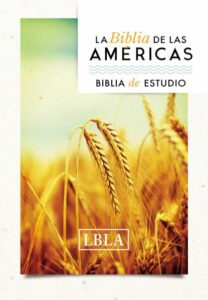Bible Translations from The Lockman Foundation
NASB
Since its completion in 1971, the New American Standard Bible has been widely embraced as a literal and accurate English translation because it consistently uses the formal equivalence translation philosophy. This method translates word-for-word from the original languages as much as possible. At the same time, it recognizes the need for the translation to be readable. The NASB was updated in 1977, 1995, and most recently in 2020, according to the best scholarship available at the time. The purposes of the updates have been to increase accuracy, clarity, and readability according to current English standards. The result is an accurate translation that clearly communicates the Word of God in familiar English to each generation.
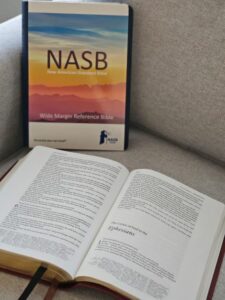
Amplified
Without sacrificing accuracy, the Amplified Bible uses synonyms and definitions to explain and expand the meaning of words in the text by placing amplification in parentheses, brackets, and after keywords. As a result English readers can clearly and completely grasp the meaning as it was understood by the readers of the original languages. Additionally, amplifications may provide further theological, historical, and other details for a better understanding of the text.
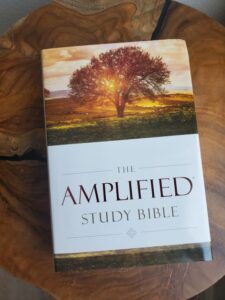

Legacy standard bible
The Legacy Standard Bible was completed by a team of scholars from The Master’s Seminary and University. The LSB is a direct update of the NASB 1995 edition and fundamentally endeavors to uphold and honor it. The translators went back to the original Hebrew, Aramaic, and Greek of every verse in order to double check its accuracy. Any changes made revolved around translating words as consistently as possible in English style and within their various nuances considering context and grammatical structure. Sometimes these changes will incorporate what was found in the earlier NASB 1977 edition. However, if no update was needed, then the text was left as originally translated by the NASB 1995. Thus, as opposed to a brand new translation, the LSB is truly designed to be a legacy edition. It is a version that honors and upholds the NASB tradition, and endeavors to implement its translation philosophy.
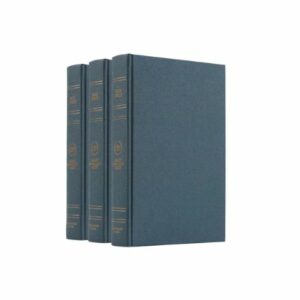

NBLA (Spanish)
The Nueva Biblia de las Américas (NBLA) is an accurate and faithful translation of the inspired Word of God from the original Hebrew, Aramaic, and Greek languages into Spanish. The NBLA uses the same formal equivalence translation philosophy as La Biblia de las Américas, which means that it’s translated as literally and word-for-word as possible from the original languages. The NBLA uses understandable modern Spanish common in Latin America to clearly communicate the accurate and precise meaning of the original texts to the reader.
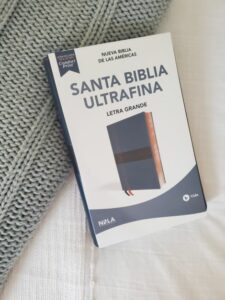

LBLA (Spanish)
Completed in 1986 by an international team of evangelical Bible scholars from all regions of Latin America, Spain, and the United States, La Biblia de las Américas (LBLA) is an original work translated from the Hebrew, Aramaic, and Greek directly into Spanish. The Spanish grammar and language used produce a highly literary text that is familiar and readable for those who prefer a more traditional Castilian Spanish for their Bible reading and study.
